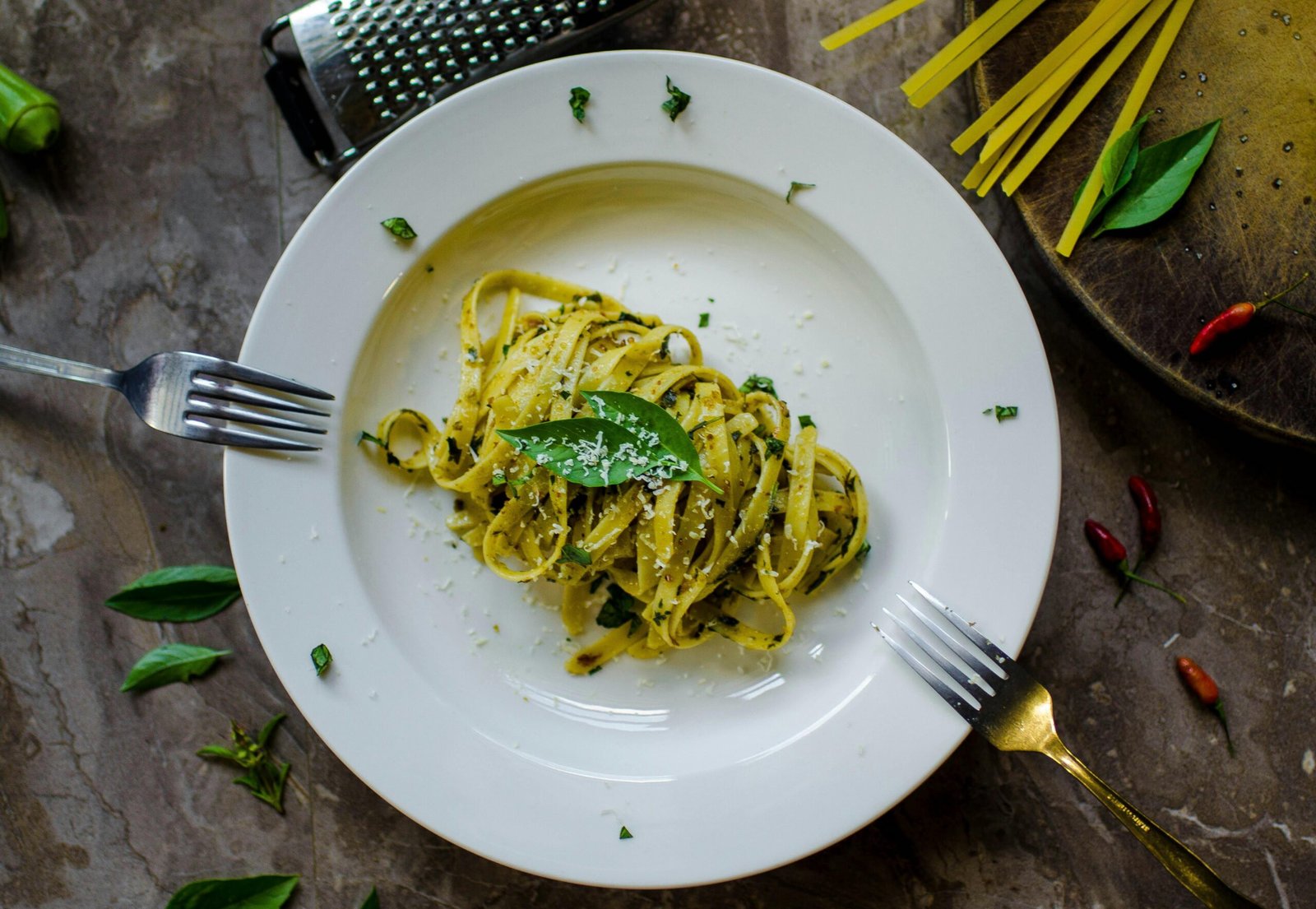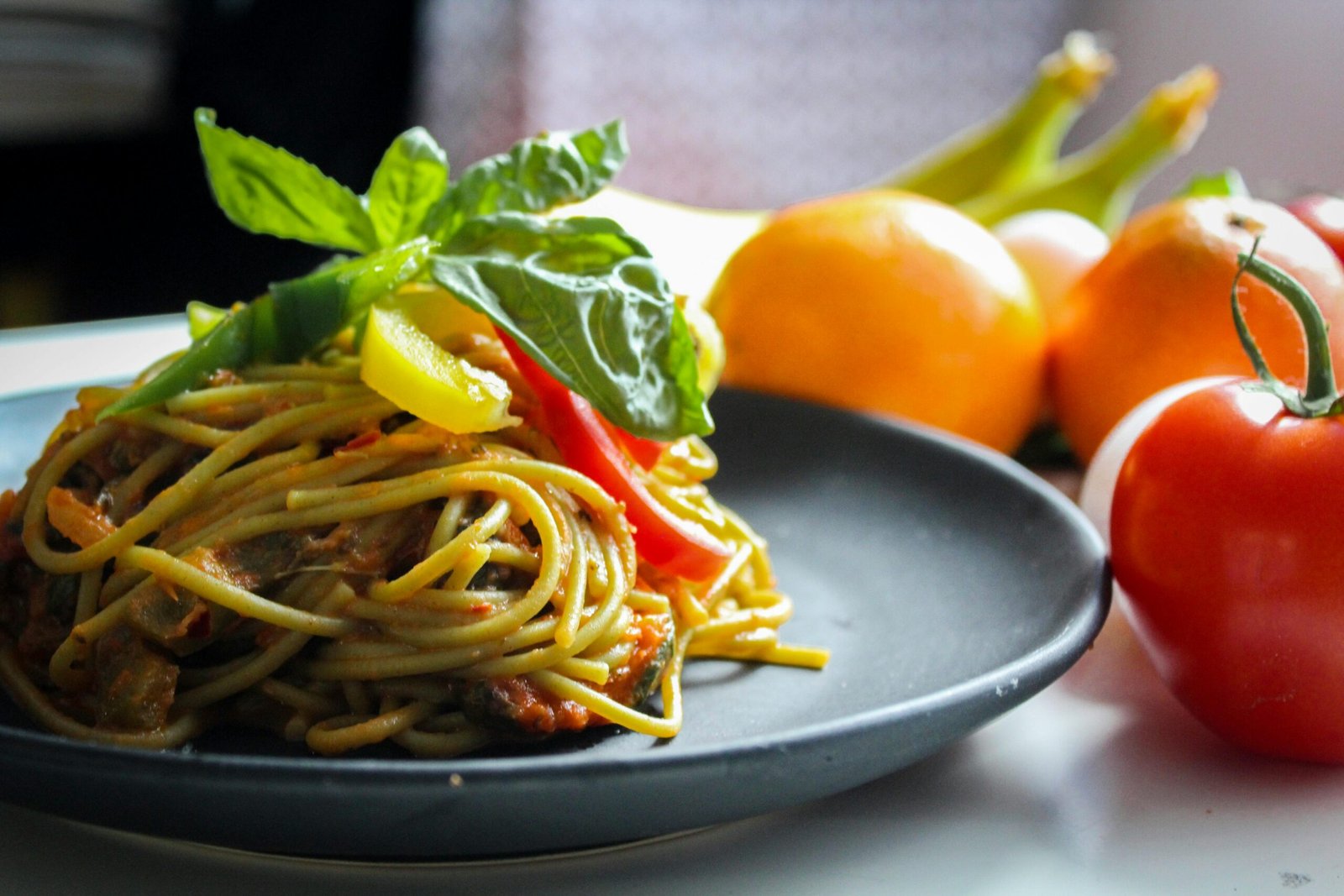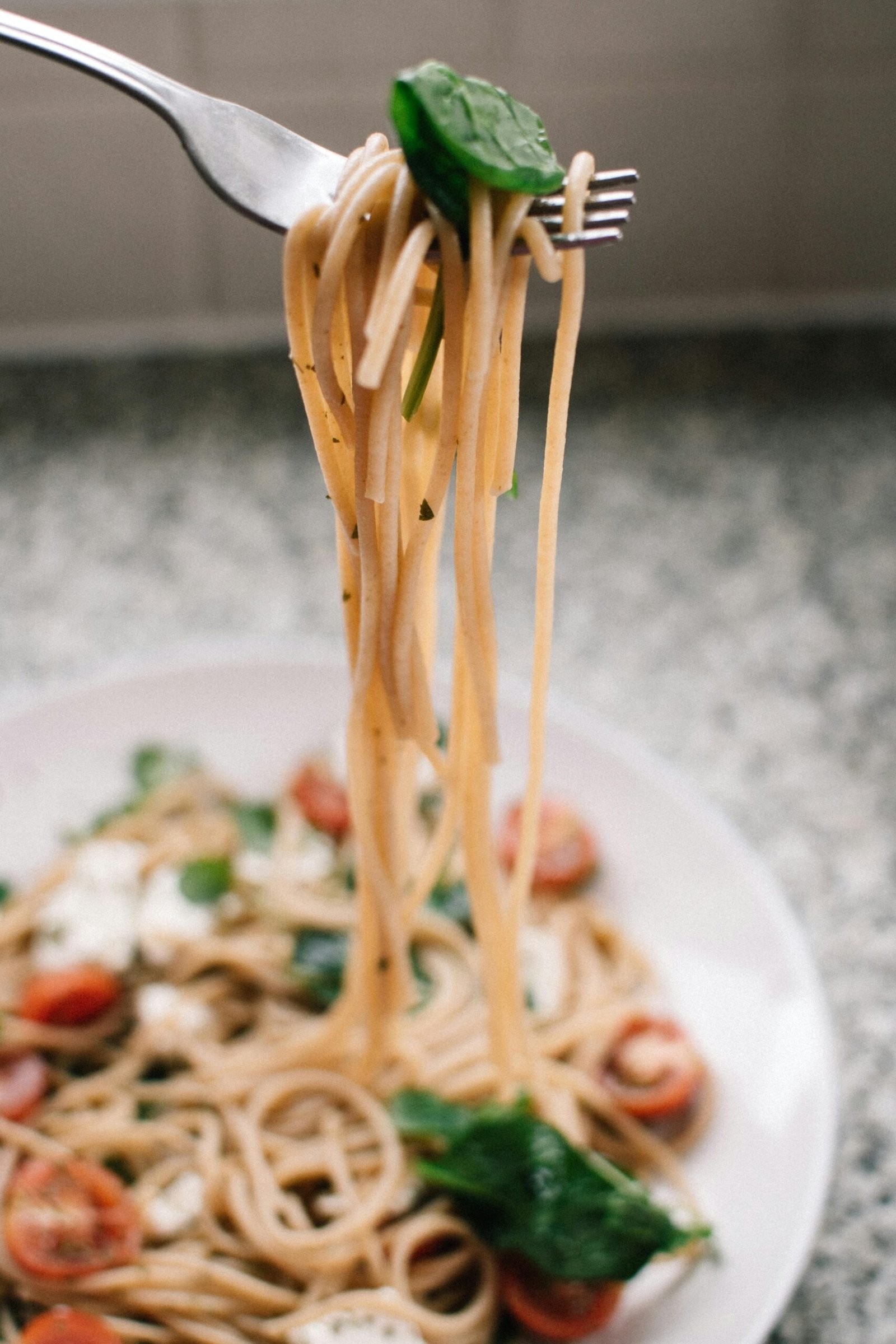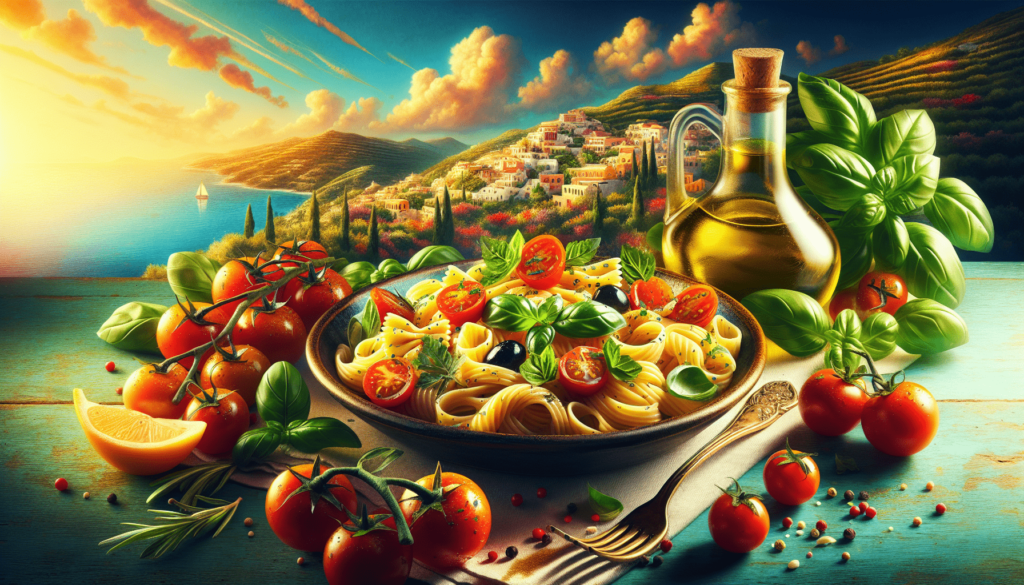Have you ever wondered whether you can enjoy pasta while following the Mediterranean diet? This delightful cuisine has made waves for its health benefits and delicious flavors, but many people have questions about what foods are truly allowed. Let’s break it down so you can enjoy your meals without any confusion.

Understanding the Mediterranean Diet
The Mediterranean diet is not just a meal plan; it’s a lifestyle inspired by the dietary habits of countries bordering the Mediterranean Sea, like Italy, Greece, and Spain. This diet emphasizes the consumption of whole foods, healthy fats, and a variety of nutrient-rich ingredients, promoting overall health and wellness.
You’ll often hear about the focus on vegetables, fruits, whole grains, fish, and healthy fats, particularly olive oil. While pasta may seem like a less healthy option at first glance, it can definitely fit into this vibrant lifestyle.
Key Components of the Mediterranean Diet
Here are the essential components that characterize the Mediterranean diet:
-
Fruits and Vegetables: A rich variety of colorful fruits and vegetables forms the foundation of this diet, providing essential vitamins, minerals, and antioxidants.
-
Whole Grains: Whole grains like whole wheat bread, brown rice, and, yes, pasta made from whole grains or legumes are encouraged.
-
Healthy Fats: Olive oil is the star here, along with nuts, seeds, and avocados, providing heart-healthy monounsaturated fats.
-
Lean Proteins: Fish and poultry are preferred over red meats, with legumes like beans and lentils included as great plant-based protein sources.
-
Dairy: Moderate amounts of dairy, particularly yogurt and cheese, are included, favoring options that are less processed.
-
Herbs and Spices: Rather than relying on salt, foods are flavored with herbs and spices, which not only enhance taste but add health benefits.
This balanced approach not only creates a flavorful diet but also helps maintain your energy levels and overall health.
Pasta in the Mediterranean Diet: A Closer Look
Pasta, a popular staple in many Mediterranean countries, can definitely find a place in your Mediterranean diet. You might be wondering how this fits in with the overall principles of healthful eating.
The Type of Pasta Matters
When you think of pasta, consider the variety you choose. Traditional white pasta, made from refined flour, isn’t the most nutritious option. However, whole grain pasta and options made from legume flour can bring nutritional benefits without sacrificing flavor.
Table: Types of Pasta and Their Benefits
| Type of Pasta | Common Ingredients | Health Benefits |
|---|---|---|
| White Pasta | Refined wheat flour | Often less nutritious; high glycemic index |
| Whole Wheat Pasta | Whole wheat flour | Higher in fiber and nutrients |
| Legume Pasta | Lentils, chickpeas, or peas | High in protein, fiber, and nutrients |
| Vegetable Noodles | Zucchini, squash, or carrots | Low in carbohydrates, nutrient-dense |
Choosing the right type of pasta is crucial. Whole grain pasta offers more fiber, which is excellent for digestion and keeping you full, while legume-based pasta packs in extra protein.
Portion Control is Key
One of the most essential aspects of enjoying pasta on the Mediterranean diet is moderation. Serving sizes can significantly change how your meal fits into your overall diet.
Consider using a smaller plate or bowl to help control portions and focus on including plenty of vegetables with your pasta. This not only adds flavor and texture, but it also contributes to a balanced meal rich in essential nutrients.
Combining Pasta with Healthy Ingredients
How you prepare and serve pasta can dramatically impact its healthfulness. Mediterranean meals are typically vibrant, packed with colorful veggies and healthy fats. Here are some ways to turn your pasta dish into a Mediterranean masterpiece.
Loading Up on Vegetables
Incorporating a variety of vegetables can enhance your pasta dish nutritionally. Think bell peppers, spinach, tomatoes, zucchini, and more. These veggies not only add flavor and texture but also vital nutrients.
Healthy Fats
Drizzling olive oil on your pasta can make it richer and healthier. A small amount helps absorb the fat-soluble vitamins found in vegetables, enhancing their nutritional value. You can also consider adding olives or avocado for a healthy fat boost.
Lean Proteins
Adding lean proteins is a great way to make your meal more balanced. You can toss in pieces of grilled chicken, shrimp, or chickpeas. This addition creates a more satisfying meal and can help you meet your protein requirements for the day.
Herbs and Spices
Instead of heavy sauces full of sodium and preservatives, consider spices and herbs. Fresh basil, oregano, and crushed red pepper flakes can elevate the flavor of your dish without extra calories.
Culinary Diversity in Pasta Dishes
The Mediterranean diet values choice and variety, and pasta dishes are no exception. Different regions offer unique takes on pasta that can expand your palate.
Italian Classics
Italian cuisine showcases pasta in various forms, from spaghetti with marinara to linguine with clam sauce. You can easily adapt these dishes by using whole grain or legume pasta and adding more vegetables.
Greek Influences
In Greece, you might encounter dishes like pastitsio, a baked pasta dish with layers of meat and béchamel sauce. You can lighten this recipe by using lean meat and replacing heavy sauces with lighter, vegetable-based alternatives.
Spanish Flavors
In Spain, paella might be your go-to dish, usually featuring rice but could be adapted using pasta. Incorporating seafood, saffron, and a medley of vegetables creates a delicious and colorful dish that fits the Mediterranean theme.

Are There Any Drawbacks?
While pasta can easily be integrated into the Mediterranean diet, there are some factors to consider. Like any carb-rich food, pasta can lead to weight gain if consumed in excessive amounts. It’s about balance and ensuring that it doesn’t overshadow other valuable components in your diet.
Blood Sugar Levels
Pasta, especially refined versions, has a higher glycemic index, which can cause a spike in blood sugar. Opting for whole grain or legume varieties can help maintain stable blood sugar levels while providing fiber and nutrients.
Understanding Your Body
Everyone’s body responds differently to carbohydrates, so it’s essential to pay attention to how you feel after eating certain foods. Some may find they feel more satisfied with lower-carb options or smaller servings. Mindful eating can help you determine what works best for you.
Practical Tips for Enjoying Pasta on the Mediterranean Diet
Maintaining a healthy balance while enjoying pasta is entirely possible with the right approach. Here are a few practical tips to keep in mind.
Choose Quality Ingredients
Focus on high-quality ingredients for your meals. Fresh vegetables, healthy fats, and whole grain pastas can elevate your dishes. Sourcing your ingredients from local markets when possible can also enhance the flavor and nutritional profile.
Experiment with Cooking Methods
Try different cooking methods to add variety to your pasta dishes. Roasting vegetables, sautéing with olive oil, or even grilling protein can bring out unique flavors that make your meal exciting and enjoyable.
Meal Preparation
Planning your meals ahead of time can help you stay on track with your dietary choices. Cook larger batches of pasta and portion them with vegetables and proteins for quick lunches or dinners throughout the week.
Listen to Your Body
Recognize when you’re full and give yourself permission to enjoy your food. Paying attention to portion sizes and what your body needs will help you navigate your meals more comfortably.

Conclusion: Enjoy Pasta Within the Mediterranean Diet
So, can you enjoy pasta on the Mediterranean diet? Absolutely! By making smart choices, like selecting whole grain or legume pasta, incorporating plenty of vegetables, and being mindful of portion sizes, you can indulge in delicious pasta dishes while still reaping the health benefits of the Mediterranean lifestyle.
With the right balance and an adventurous spirit in the kitchen, you’ve got the foundation for a flavorful and nutritious approach to eating. Embrace this vibrant lifestyle and remember that pasta can be a part of it—not just as a food, but as a celebration of culture and community.
Feel free to play around with ingredients, trying new combinations and experimenting with flavors. The Mediterranean diet encourages creativity while prioritizing health, so go ahead and savor your pasta with a smile!



